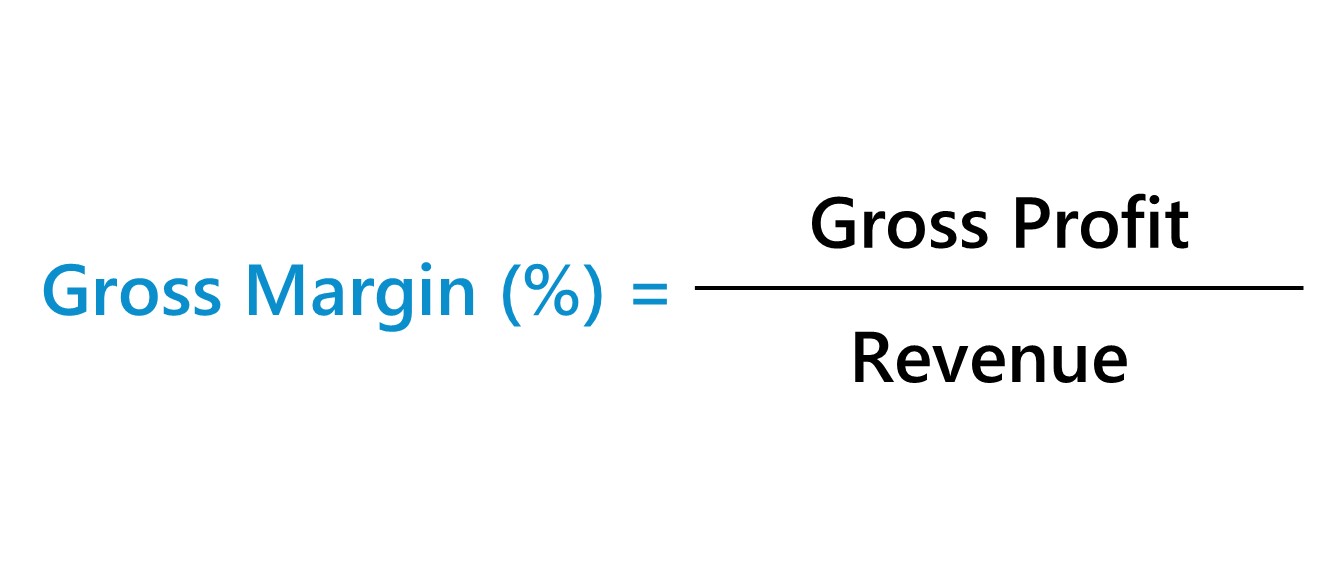Every business owner knows that making a profit is essential for survival. But understanding how to calculate that profit, specifically your profit margin, can be tricky. I remember starting my first business and feeling overwhelmed by all the numbers. What was profit margin? How could I calculate it? It seemed like a secret code only experienced business owners knew. Thankfully, I discovered the power of margin calculators, and it changed the way I looked at my finances.

Image: www.wallstreetprep.com
In this comprehensive guide, we’ll dive deep into the world of margin calculators, exploring everything you need to know about this powerful tool. Get ready to unlock the secrets of profitability and understand how even the simplest margin calculator can make a big difference for your business.
What is a Margin Calculator?
A margin calculator is a handy tool that helps businesses determine their profit margin. It’s like a financial compass, guiding you toward profitability by showing you how much profit you make on each sale. Think of it as a financial microscope, allowing you to examine your business’s health in detail.
The core function of a margin calculator is simple: It takes your revenue (money coming in) and subtracts your cost of goods sold (the direct costs of producing your product or service). The result is your gross profit, which is further divided by the revenue to get the profit margin. This percentage represents your profitability, showing how much of each dollar you’re keeping after covering your essential expenses.
Understanding the Basics of Margin Calculations
Types of Margin: A Deeper Dive
There are several types of margin calculations used in business, each offering different perspectives on profitability. Let’s explore these key margins:
- Gross Profit Margin: This measures the profitability of your core business operations. It’s calculated by dividing gross profit by revenue. A higher gross profit margin usually indicates a more efficient business model.
- Operating Profit Margin: This considers both direct and indirect costs, including rent, salaries, and utilities. By factoring in these expenses, it paints a clearer picture of your overall profitability. It’s calculated by dividing operating income by revenue.
- Net Profit Margin: This is the ultimate measure of your business’s profitability, taking into account all expenses, including taxes and interest. It’s calculated by dividing net income by revenue. A healthy net profit margin signals a strong financial position.

Image: top10stockbroker.com
The Power of Margin Analysis
Understanding your margin is crucial for informed decision-making in business. By analyzing your margins, you can:
- Identify areas for improvement: Low margins can point to inefficiency in production, pricing strategies, or expense management. By investigating these areas, you can make adjustments for increased profitability.
- Compare profitability across different products or services: A margin calculator helps you understand which products or services are contributing most to your overall profitability. This information can guide you in allocating resources or focusing on specific offerings.
- Track progress over time: By comparing your margins over different periods, you can monitor trends and identify areas where your business is improving. This allows you to celebrate successes and adjust strategies accordingly.
Trends and Innovations in Margin Calculators
The world of margin calculators is continuously evolving. From basic spreadsheet formulas to sophisticated online tools, there’s an increasing number of options available to businesses of all sizes. Here are some noteworthy trends:
- Integration with accounting software: Modern accounting software often includes built-in margin calculators, making it easier to access and analyze your financial data.
- Real-time data analysis: Many online margin calculators offer real-time analysis, providing instant insights into your profitability based on your latest sales and expense data.
- Advanced features: Some calculators incorporate advanced features, such as scenario planning, allowing you to explore different “what-if” scenarios and see how changes in pricing or expenses might affect your profitability.
Expert Tips for Effective Margin Calculation
Here are some expert tips for maximizing the effectiveness of margin calculators:
- Choose the right calculator for your needs: Consider the specific features and capabilities you require. Simple calculators may be sufficient for small businesses, while more complex ones may be necessary for larger enterprises with diverse product lines.
- Track your expenses accurately: Accurate expense tracking is critical for calculating accurate margins. Make sure to categorize your expenses correctly and avoid oversights.
- Regularly review your margins: Don’t just calculate your margins once and forget about them. Regularly review your margins to spot trends and identify opportunities for improvement.
Remember, your profit margin is a key indicator of your business’s success. It’s not just about having a high number—it’s about understanding how to improve it over time. Use margin calculators with confidence to get clear insights into your profitability and guide your business toward consistent growth.
Frequently Asked Questions (FAQs)
Q: What is a good profit margin?
A “good” profit margin varies depending on your industry and business model. General guidelines suggest aiming for a net profit margin of 10% or higher. However, it’s crucial to benchmark your margins against industry averages and competitors to assess your competitive position.
Q: How often should I calculate my margin?
Ideally, you should calculate your margin at least monthly, if not more frequently. Regular monitoring allows you to identify trends, proactively address potential issues, and make informed decisions about your business.
Q: Can I use a margin calculator for multiple businesses?
Absolutely! Most margin calculators are designed to handle multiple businesses, allowing you to compare their profitability and make informed decisions about resource allocation.
Calculate Margin Calculator
Conclusion
Margin calculators are essential tools for any business owner who wants to understand their profitability and make informed decisions for growth. By understanding the different types of margins, analyzing your expense structure, and utilizing advanced features found in modern margin calculators, you can gain a clear picture of your financial health and make strategic decisions that drive your business forward.
Are you ready to unlock the secrets of profitability? Let us know how you’re using margin calculators in the comments below!







